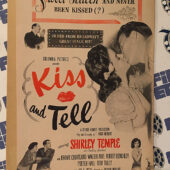To celebrate its 80th Anniversary, every month the Landmark Loew’s Jersey is presenting three iconic films of one decade from the 1930s thru the 1980s. This month’s highlight is the 1940s, the decade that gave rise to Film Noir. The weekend features screenings of: White Heat, starring James Cagney, Virginia Mayo, and Edmond O’Brien; Notorious starring Ingrid Bergman, Cary Grant, and Claude Rains; and The Third Man, starring Orson Welles, Joseph Cotten, Alida Valli, and Trevor Howard.
The Loew’s Jersey is located at 54 Journal Square, in Jersey City, New Jersey. Check out the complete screening schedule below.
Friday, February 26th at 8 PM
White Heat
Director: Raoul Walsh
(1949, 114 mins, B&W)
James Cagney first became a star in the 1930s as a tough criminal in Warner Bros. Studio’s classic gangster melodramas. He went on, of course, to play a great variety of other roles, ranging from George M. Cohan to the great silent star Lon Chaney, Sr., in dramas, musicals and comedies. But in 1949, Cagney returned one last time to the role of tough guy in White Heat – a crime drama that takes the familiar elements of plot, character and theme from his old ‘30s gangster pictures but transforms them into a kind of Film Noir tragedy. Cagney is Cody Jarrett, a deranged criminal prone to headaches and seizures. His molten temper, feral cunning and mercurial charm are finely calibrated extensions of the doomed gangsters Cagney played a decade before, this time coiled not around a Depression-era impetus of greed or class rivalry, but an Oedipal bond. Cody’s beloved, calculating “Ma” (Margaret Wycherly) is the compass for his every move, her iron will and long shadow acknowledged not only by Cody but by his gang, his restless wife (Virginia Mayo, radiating sensuality and guile), and the undercover cop (Edmond O’Brien) planted in Jarrett’s path. Cagney’s performance is nothing less than superb as he creates one of the most frighteningly psychotic characters ever seen on screen, a model for the stranger, more brutal outlaws who would dominate crime cinema in the 1960s and 1970s. The fiery, climactic scene has become part of pop culture.
Saturday, February 27th at 6:15 PM
Notorious
Director: Alfred Hitchcock
(1946, 101 mins, B&W)
Notorious is a tightly woven and brilliantly sustained mix of romance and suspense that takes remarkable risks with its main characters. Ingrid Bergman, never more radiant or vulnerable, is a flawed heroine: the beautiful daughter of a Nazi spy who’s garnered a notorious reputation for herself by turning to drink and casual affairs to help forget the shame of her father’s infamy. Cary Grant, whose suave screen persona was rarely more hard-edged and even unlikable, is an American agent who uses Bergman’s affection for him to manipulate her into spying on her father’s old Nazi cronies. And Claude Rains is an unlikely villain: a charming Nazi sympathizer who genuinely loves Bergman and seems far more likable than Grant. To this mix, Hitchcock adds some of his most stunning black and white camera work, including a famous tracking shot that begins across a crowded room and ends in a close-up of Bergman’s hand while she secretly holds a key. Several scenes are unusually but very effectively shown from Bergman’s point of view. Throughout the script, written by legendary screenwriter Ben Hecht, there is the troubling subtext of love and betrayal. Notorious is one of the most effective Noir, or at least Noir-ish films, and is often considered to be Hitchcock’s finest film of the 1940s.
Saturday, February 27th at 8:30 PM
The Third Man
Director: Carl Reed
(1949, 104 mins, B&W)
One of the greatest Noir movies ever filmed, The Third Man sets loyalty, friendship and love against justice and common good in the fractured, cynical setting of defeated and occupied Vienna after World War II. Joseph Cotten is Holly Martins, an alcoholic pulp writer from America who’s traveled to Austria to visit his old friend Harry Lime (Orson Welles). But when Martins arrives, Lime’s funeral is under way. From Lime’s girlfriend and an occupying British officer Martins learns of allegations of Lime’s involvement in black market racketeering. The idealistic and perhaps naïve Martins vows to clear his friend’s reputation. But as he is drawn deeper into postwar intrigue, Martins finds layer upon layer of deception which he desperately tries to sort out. One of the most remarkable aspects of The Third Man is that Welles is only in the last third of the film, yet seems to dominate it throughout. This is a tribute to how cleverly screenwriter Graham Greene builds anticipation through the contradictory information Martins gathers in his search for info about his old friend. It’s also a tribute to how powerful and widely known Welles’ screen persona is. Welles’ long-delayed entrance is one of the most memorable scenes in any film. The movie boasts some of the most evocative cinematography ever filmed, with long shadows, stark lighting, cocked camera angles and exaggerated close-ups that perfectly capture the surreal, off-kilter feel of postwar Europe as well as emphasize the shadowy nature of the story. The zither music that plays throughout is among the most recognized and haunting movie themes.
Find out more about these screenings at loewsjersey.org.







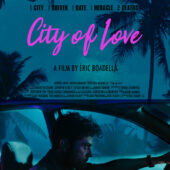








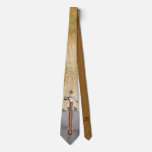




![Colorful Gowns and Trees at 2012 National Cherry Blossom Parade and Festival Photo [210809-0004]](https://www.filmfetish.com/img/p/2021/08/210809-0004-19x13-web-170x170.jpg)
![Harley Davidson Motorcycle 1993 Annual Report 2-Page Spread [I77]](https://www.filmfetish.com/img/p/2021/05/harley-davidson-annual-report-i77-01-170x170.jpg)
![Custom Hot Rod Grille Photo [221110-22]](https://www.filmfetish.com/img/p/2022/11/221110-22-automotive-11x85-web-170x170.jpg)
![Actress Joey Heatherton Photo [221205-39]](https://www.filmfetish.com/img/p/2023/01/221205-39-joey-heatherton-13x19-web-170x170.jpg)







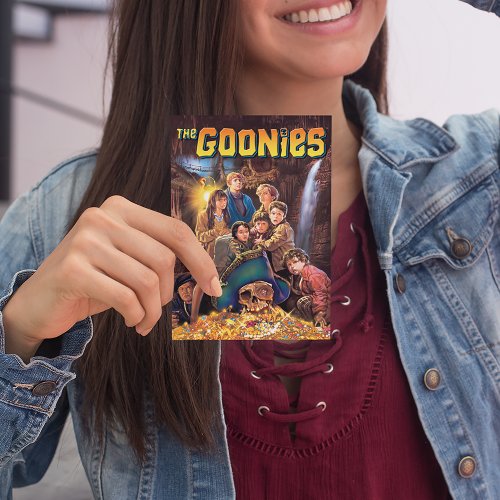







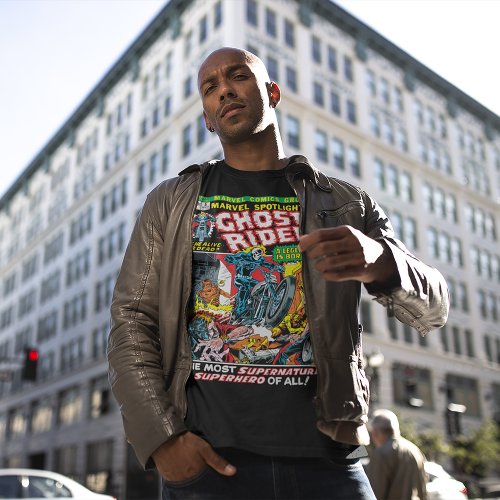


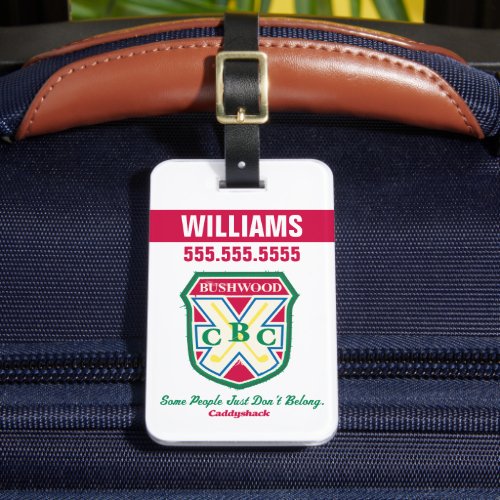

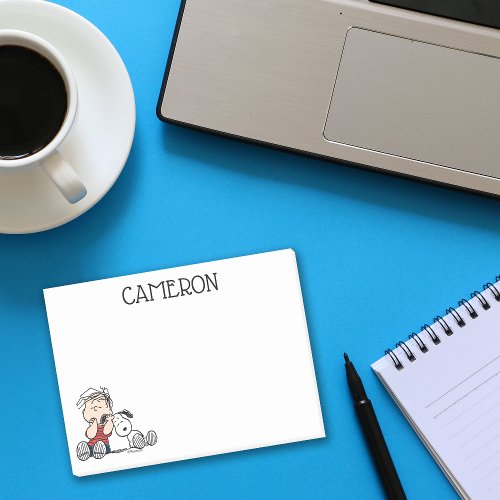

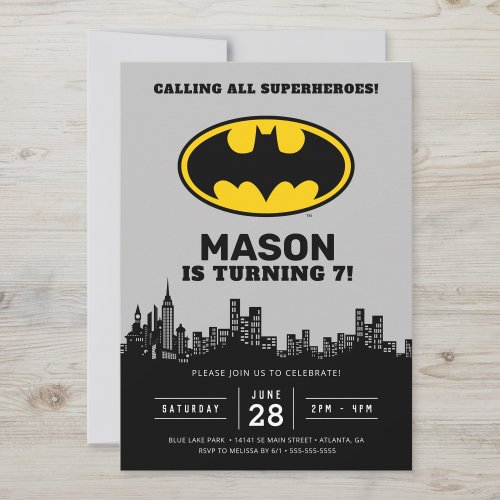


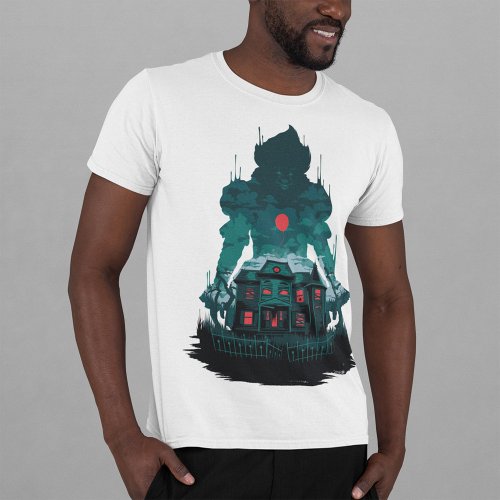

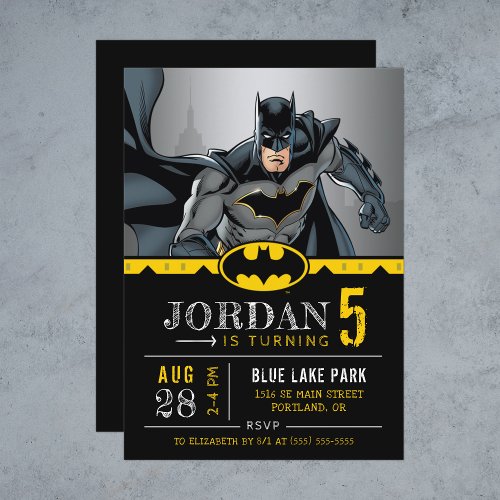


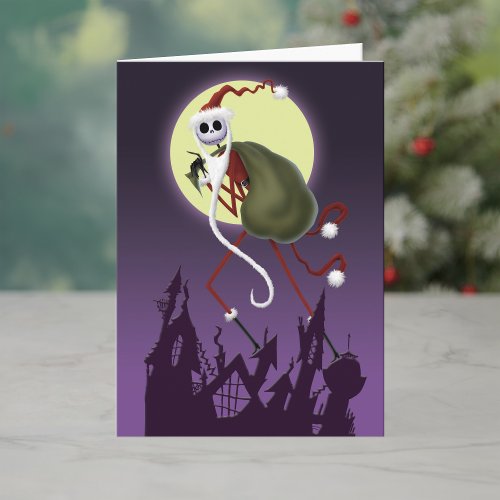
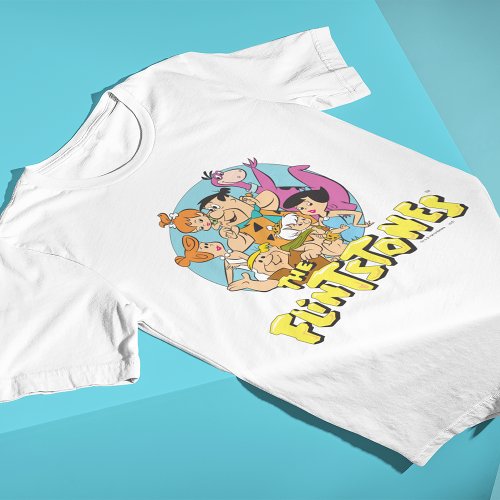
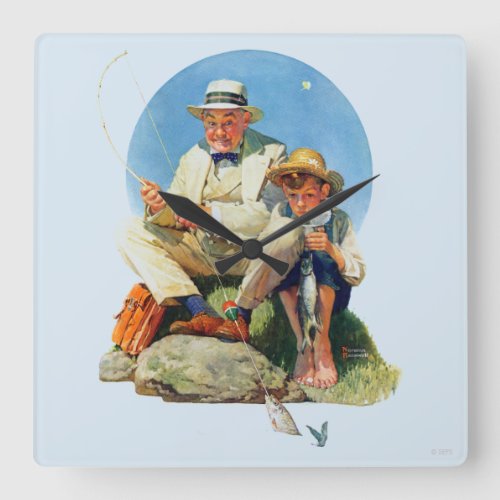
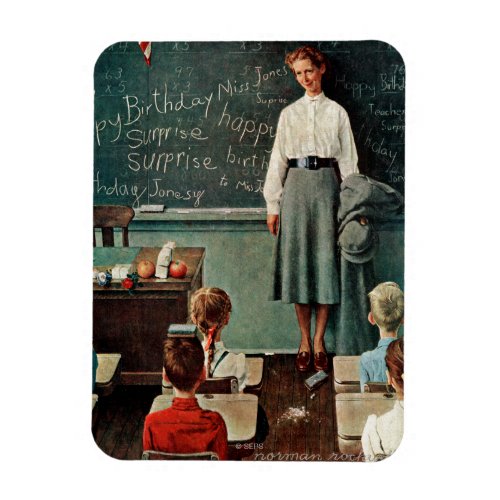
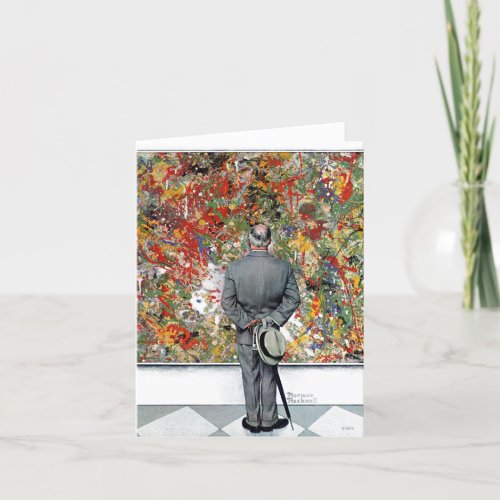




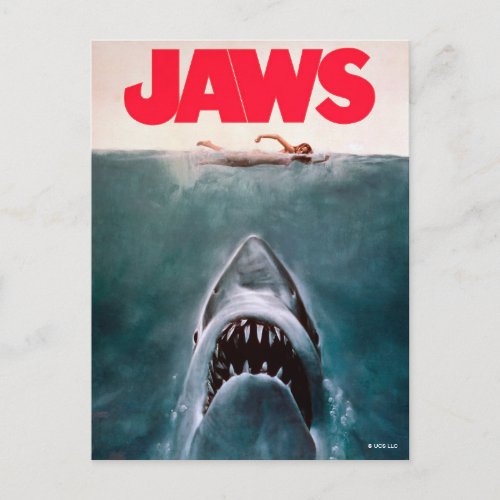




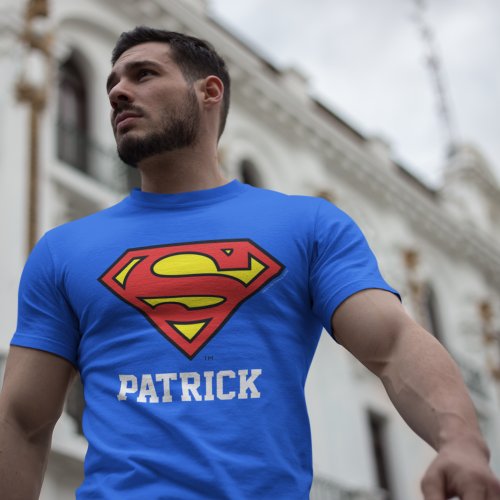


![Batman Year One Part 1 Issue 404 (1986) 1st Printing Frank Miller, David Mazzucchelli [12464]](https://www.filmfetish.com/img/p/2020/02/batman-year-one-12464-01-170x170.jpg)

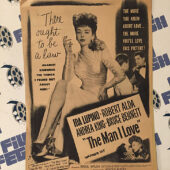
![Fred Astaire Original 4.25 x 6 inch Postcard Photo Mounted on Mat [P73]](https://www.filmfetish.com/img/p/2023/03/P1500506--170x170.jpg)
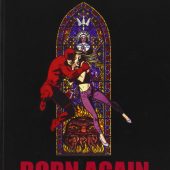


![The Hollywood Reporter (May 22, 2015) Michelle King , Lee Daniels , Damon Lidelof , Beau Willimon [T96]](https://www.filmfetish.com/img/p/2022/04/hollywood-reporter-t96-01-170x170.jpg)
